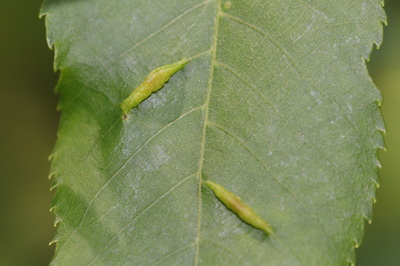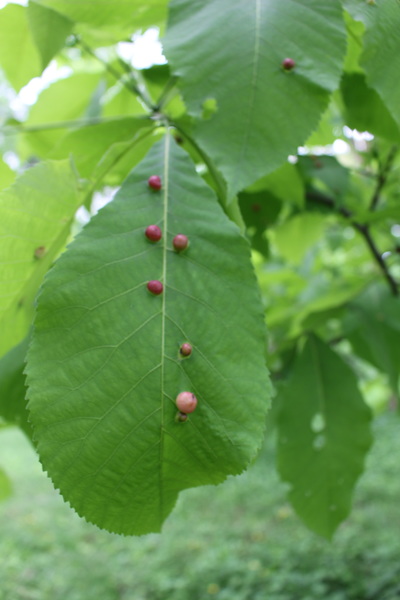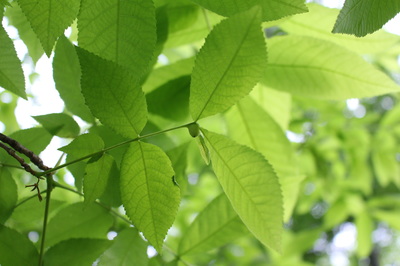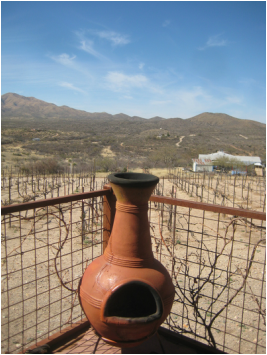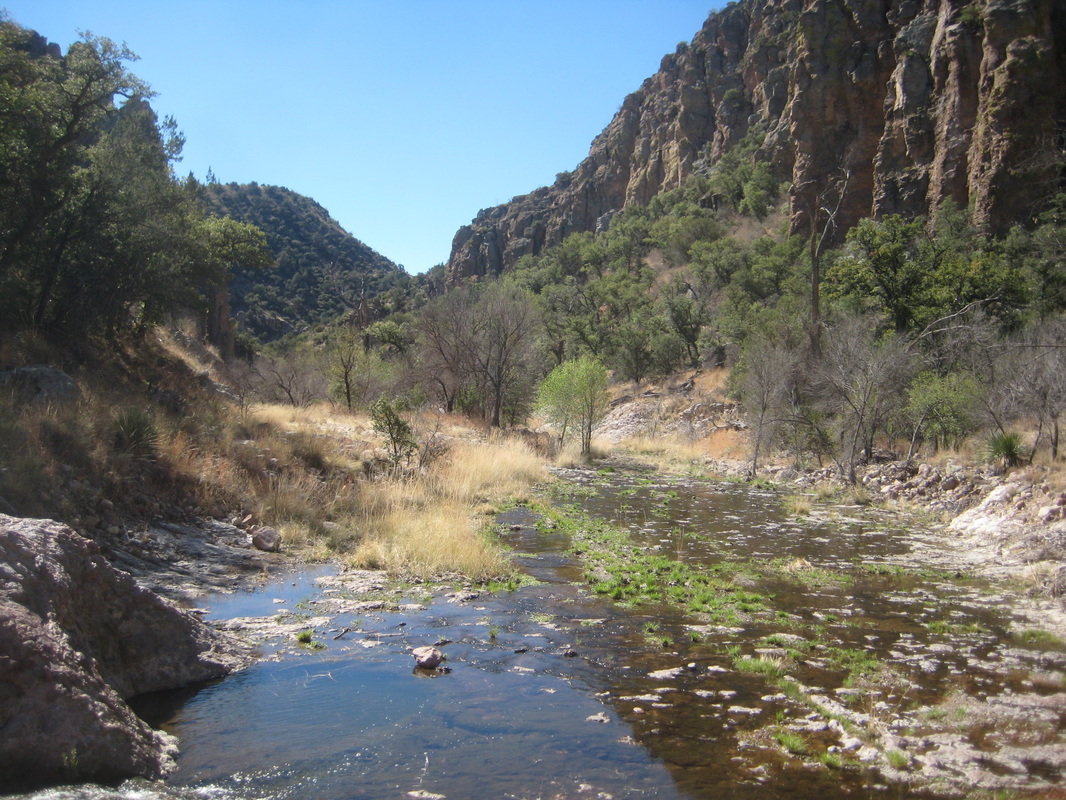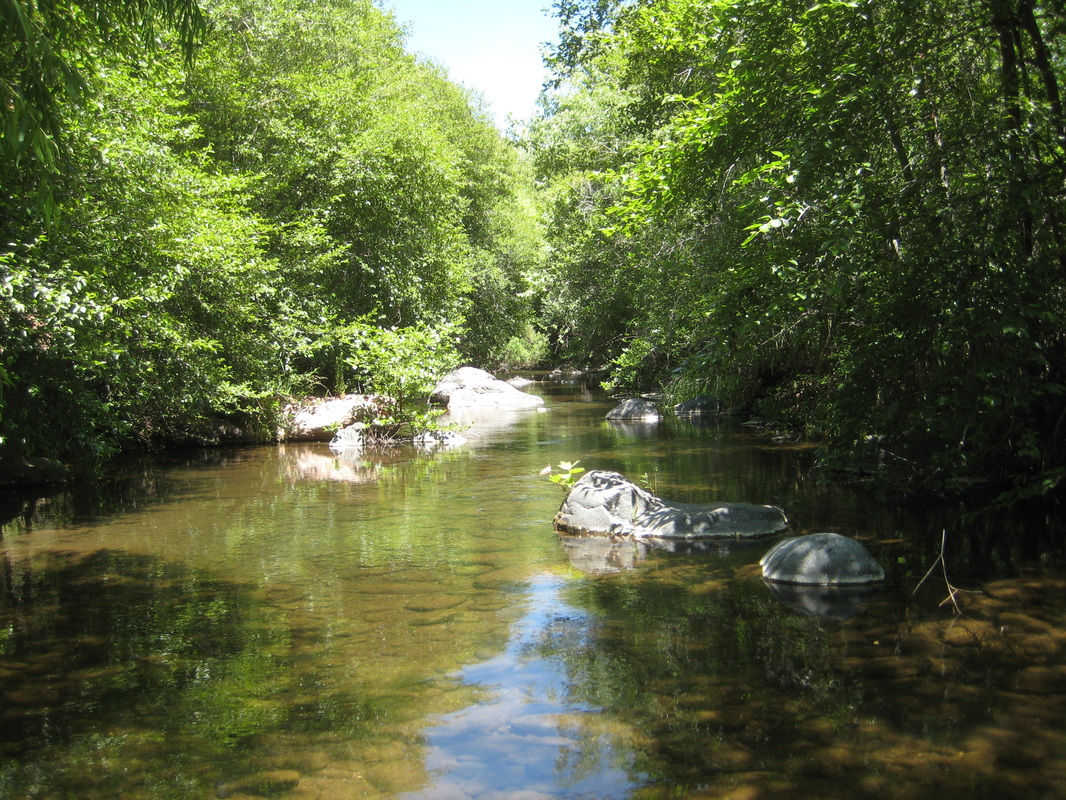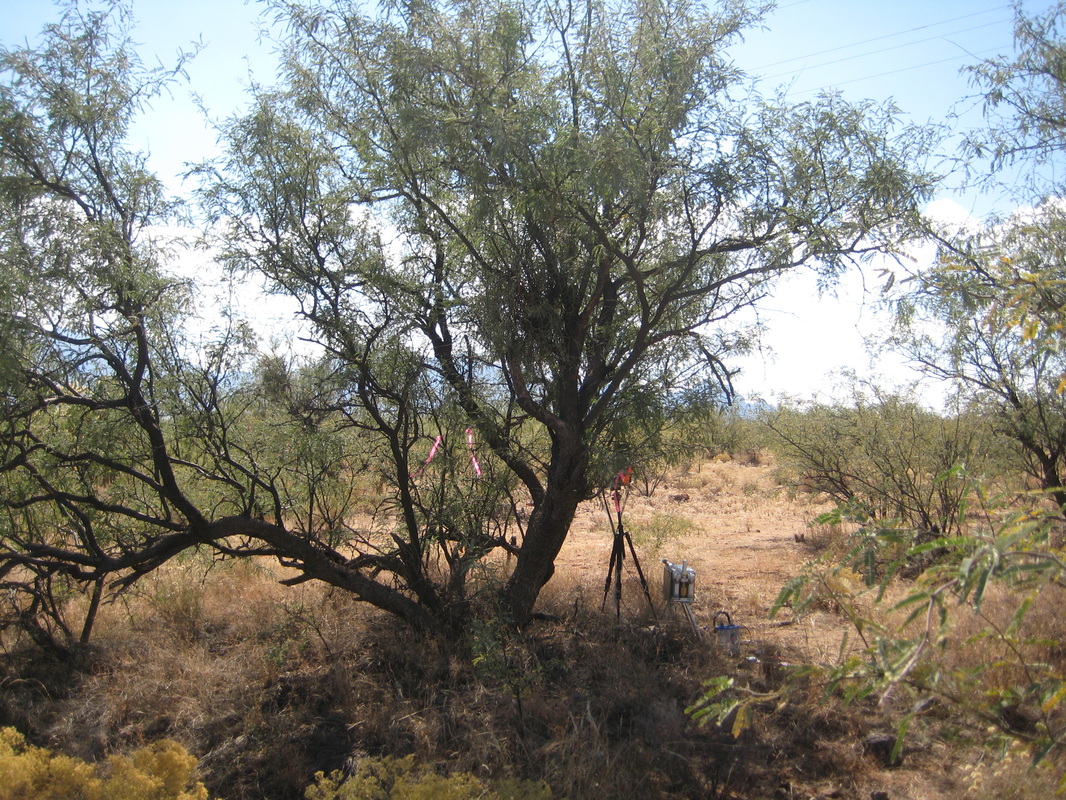Research in the lab broadly addresses questions on species interactions and adaptation. With my new position in Australia, we are also asking these questions through a lens of biosecurity. I am interested in how species adapt to a new climate, whether because they recently invaded or because it is rapidly changing. I am also interested in how hosts interact with their parasites and the context that determines heterotrophy, virulence, and resource acquisition. All paths meet as we try to understand how host-parasite interactions evolved, persist, or can be managed.
Plant response to its environment
|
Plant signaling pathways are highly interconnected and can result in tradeoffs or shared networks that underlie the final phenotype. Induced phenotypes occur when other organisms modify plant physiology or morphology, often to the benefit of the attacker. We combine field and lab research on plant ecology and physiology with modern laboratory methods in genomics to identify the genetic basis for how plants respond to their environment, and what initiates phenotypic change. Often we employ a systems biology approach, e.g., using genomics, transcriptomics, and proteomics, to identify candidate processes for further study. Broadly, our goals are to:
|
|
Some arthropods dramatically alter their plant host as they co-opt multiple signaling and development pathways to induce controlled growth, called galls, and manipulate immunity to avoid detection. Very little information exists to explain how and what processes or effectors galling species use to usurp plant development.
Some plants evolved to use other plants as resources including water, nitrogen, heterotrophic sources of carbon, and ecologically important secondary metabolites, often because their environment is limited in some resource. How and what resources limit co-infections or hemiparasitic species interactions with hosts remain enigmatic.
Currently we are using several systems to investigate how plant signaling networks and resource dynamics relate to biotic perturbations of various context, including agricultural management systems, presence/absence of microbiota, varying levels of resistance genes, and species interactions.
Evolution and function of herbivore effectors
|
One exciting path is to investigate how insects co-opt plant growth and development by characterizing insect effectors and their plant targets. For this research we are annotating several insect genomes to identify and validate predicted effectors and their plant targets. We are using the phylloxerids as one model assemblage because of their unique trait diversity, host breadth, and economic importance.
We also are examining host breadth and resistance to the wooly apple aphid, Eriosoma lanigerum, as we seek to understand its complex life cycle, novel manipulation of plant hosts tissues, and resistance to cultivated apple genotypes. We also are developing a comparative model of related galling and non-galling species using the Tamalia aphids |

Current Collaborations with data in prep
With the genome now complete for Scaptomyza flava, we are pursuing our findings about what effectors this insect has and how they interact with plants.
|
Field work across Arizona: Sycamore Canyon, Clear Creek, Santa Rita Experimental Range
